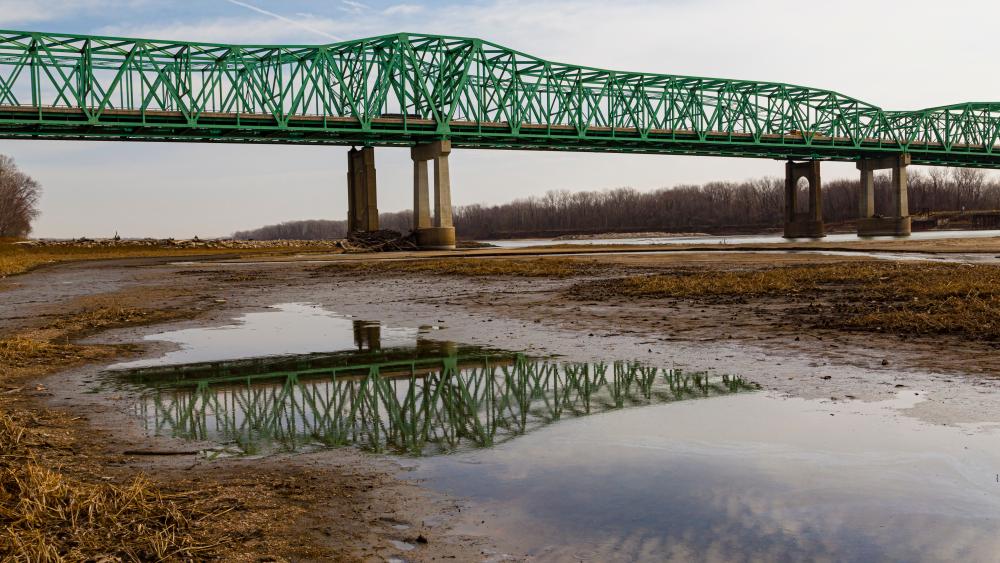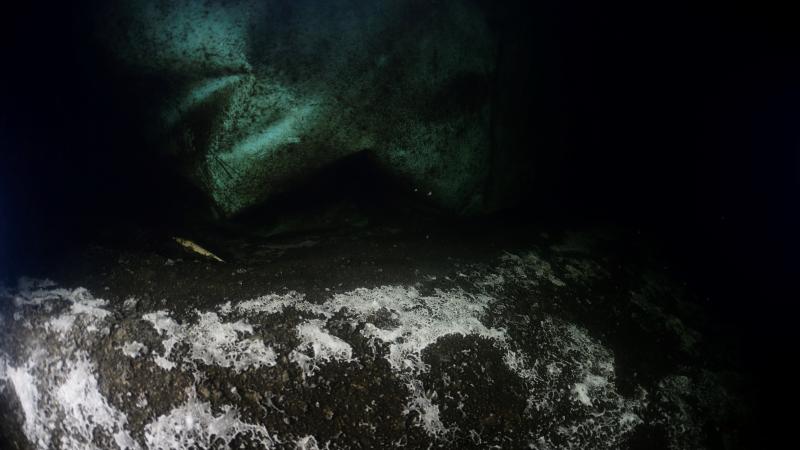
More and more watercourses worldwide are temporarily drying up. I Photo: Shutterstock, 1720597990
More than half of the world's rivers are intermittent, which means that stretches of river dry out repeatedly. The frequency, duration and extent of drying will increase dramatically in response to climate change and increasing water use. In arid and semi-arid regions – areas of the world with a maximum of 3 to 5 humid months per year – intermittent streams are the predominant type of surface waters. However, lowland streams in temperate latitudes are also increasingly affected.
Lowland streams are rich in organic matter – a significant source of carbon
"Compared to streams in arid and semi-arid areas, lowland streams in temperate regions tend to accumulate larger amounts of organic matter. Therefore, it is important to understand how dry-wet cycles alter carbon turnover in order to predict the ecological consequences of stream drying," Maria Isabel Arce explained.
The scientist and her team allowed sediments of a nutrient-rich lowland river, the Fredersdorfer Mühlenfließ in Brandenburg, to dry out over 9 weeks to study temporal changes of microbial activity, carbon dioxide and methane emissions, and of the fluxes of water-soluble organic carbon. They also simulated short rainfalls on the dried-up riverbed.
When the water goes, more greenhouse gases are formed – also when it rains
With the onset of desiccation, the emissions of methane and carbon dioxide increase in the short term due to the modulation of microbial functions. As drying progresses, more oxygen reaches the surface and less methane is formed, but more carbon dioxide is emitted through respiration. Only later does the limited availability of water generally slow down biological activity and respiration processes and thus also the formation of carbon dioxide. c
Especially in temperate climates, a dry period can often be interrupted by sporadic rainfall events. These also trigger short-term carbon dioxide emissions fed by water-soluble organic carbon from sediments. In intermittent streams, concentrations of the released substances can exceed those of groundwater normally feeding rivers by several orders of magnitude.
Tendency for less dissolved organic carbon in the dried-up river bed
During desiccation, the organic matter in the sediment becomes increasingly mineralised and the amount of dissolved organic carbon decreases. At the first moment when the river flows again – the first-flush event – the material accumulated in the dry streambed is mobilised. Its reactivity depends on the conditions during the drying phase. Besides, some environmental factors act with greater intensity in the dry streambed when compared with flowing conditions. "Processes such as photodegradation, terrestrial inputs of micro- and macrobiota into the streambed, and accumulation of organic matter intensify when water is absent, and their influence on the carbon budget increases," explained former IGB scientist Dr Gabriel Singer, who led the study and is now a researcher at the University of Innsbruck. Therefore, the load of dissolved organic matter and its mineralization products – like nitrate – in water bodies after a dry period is also difficult to estimate.
Drought phase alters and diversifies leaf litter, with consequences for its later degradation
Gabriel Singer and the former IGB researcher Rubén del Campo Gonzalez, who is now also researcher at the University of Innsbruck, were able to show in another study that, in addition to the accumulation of organic material through leaf input, its chemical change during the dry phase can also have an impact on its later decomposition and transport further downstream in the river network. They showed that mixing differently preconditioned and therefore chemically diversified leaf litter accelerates its decomposition. This means that less leaf material is available for transport downstream. To express the balance between decomposition and transport in a watercourse, scientists speak of a spatial shortening of leaf decomposition along the course of the river. This contradicts the classical view of intermittent rivers as pulsed bioreactors, in which large amounts of little decomposed material are transported very far when reconnected after a dry phase.
"The more diverse the foliage and the microbes and invertebrates that decompose it, the faster the decomposition of organic matter. So this study also shows that environmental heterogeneity can promote chemical diversity, which in turn can accelerate the decomposition of organic matter in intermittent river networks," Gabriel Singer summed up.




